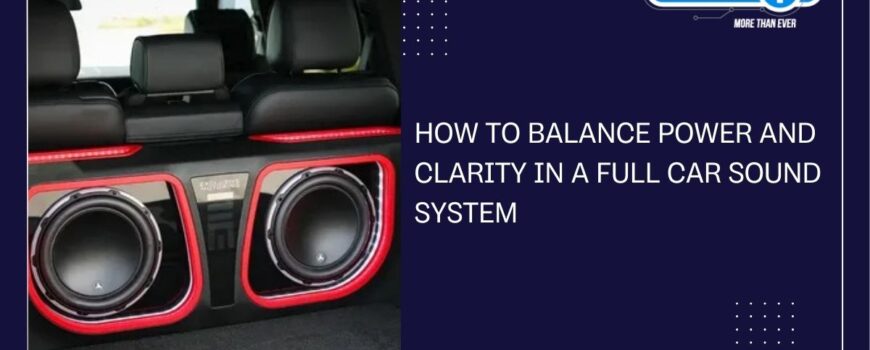Compare 9 inch touch screen car stereos with standard car stereos based on features, installation, sound quality, and more to choose the best option for your car.


Compare 9 inch touch screen car stereos with standard car stereos based on features, installation, sound quality, and more to choose the best option for your car.

Looking for “car audio system installation near me”? Professional installation ensures superior sound quality, seamless integration, and expert advice. Visit Circuiti Stereo today!

Upgrade your audio with the full sound system for cars! Discover tips on choosing speakers, balancing power and clarity, and finding top car audio deals near you.

Upgrade your ride with a new sound system for your car. Achieve crystal-clear audio, rich bass, and enhanced clarity for an unforgettable driving experience.